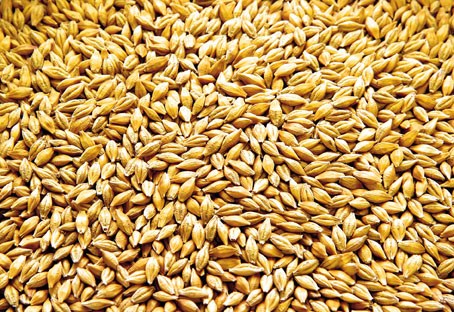The Canadian Malting Barley Technical Centre (CMBTC) has released its list of recommended malting barley varieties for the 2018-19 growing season which represents varieties that the CMBTC recommends to producers based on the greatest potential for performance, quality and marketability.
“The list contains malting barley varieties that have good agronomic and quality characteristics, as well as substantial or growing market demand” says Peter Watts, Managing Director of the CMBTC. The recommendations are based on input from grain companies, domestic and international maltsters and brewers, grower associations as well as seed companies.
The intent is to provide growers with an indication of varieties that have the greatest potential to be selected for malt, according to Watts. “We also recommend growers talk to their local elevators, or selectors from grain and malting companies, about the best two-row and six-row malting barley varieties to grow in their area.”
This year the recommended list contains two new malting barley varieties: AAC Connect and CDC Bow. “Canada has a new suite of varieties that will eventually replace the tried-and-true varieties like AC Metcalfe and CDC Copeland” stated Watts.
“While these varieties have served the industry well, disease pressure and lower yields compared with newer varieties eventually render them less competitive.”
Canada is one of the world’s largest suppliers of malting barley and malt to the global brewing industry. In 2016-17 Canada exported approximately 1 million tonnes of malting barley worth CDN $350 million and 620,000 tonnes of processed malt at a value of CDN $485 million. The domestic brewing industry in Canada uses 300,000 tonnes of malting barley per year to make 18.5 million hectoliters of beer.
Founded in 2000, the CMBTC is a national, independent, non-profit organization with funding provided by members of the malting barley, malt and brewing industries, producers as well as provincial and federal governments.
The CMBTC conducts applied malting and brewing research, providing technical support to members and customers. Based in Winnipeg, the CMBTC facilities include a state-of-the-art pilot malt plant and brewery. The CMBTC also operates the Malt Academy education program providing instruction in malting and brewing.

